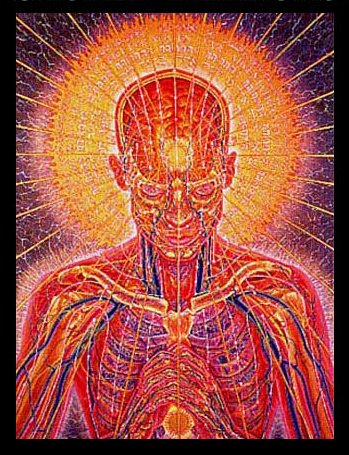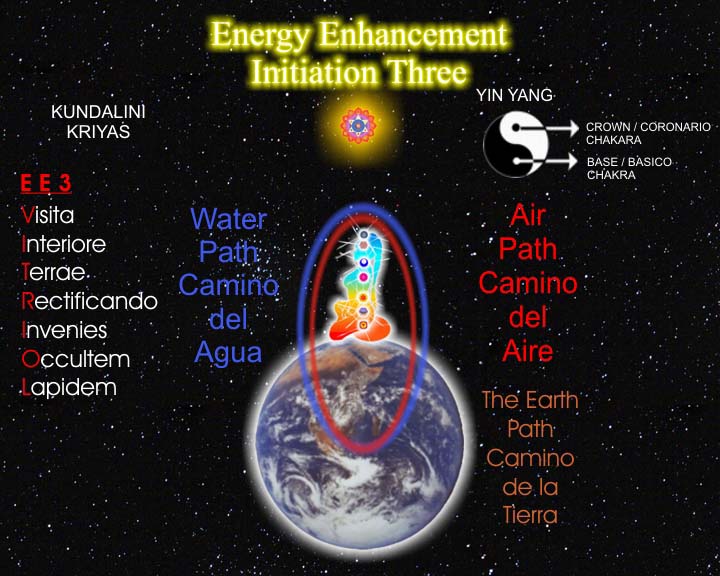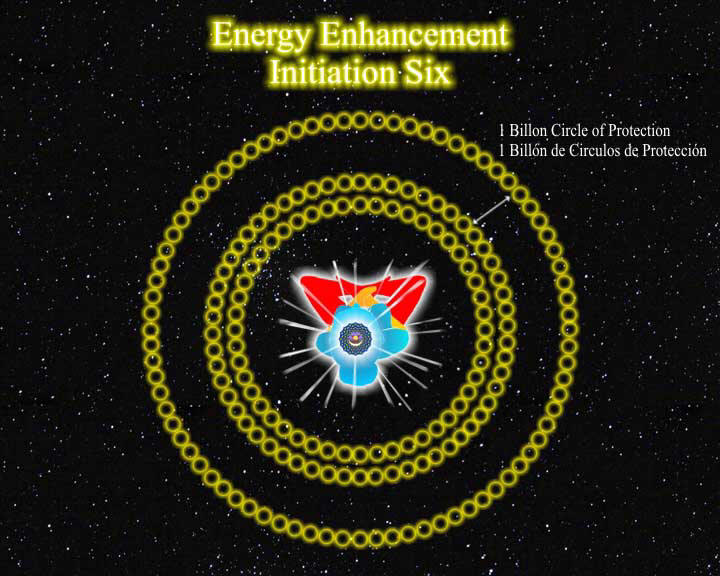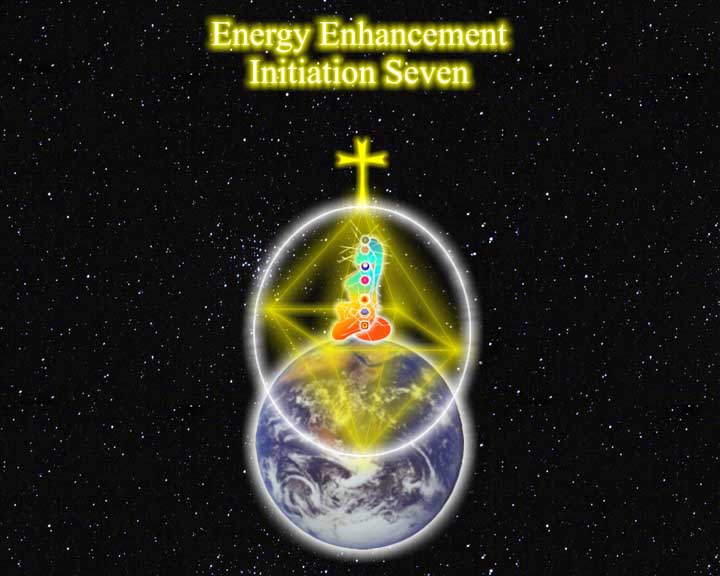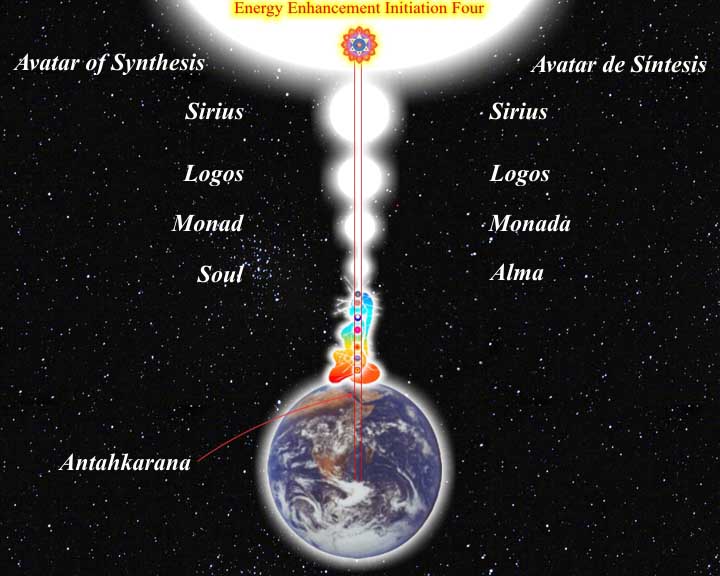SCIENCE AND ART
SCIENCE: Logic, method, definition.
Brain functioning: Cerebral cortex: Left-side.
Science (from Latin scientia - knowledge) refers to the system of acquiring knowledge – based on empiricism, experimentation, and methodological naturalism. The term science also refers to the organized body of knowledge humans have gained by such research.
Most scientists maintain that scientific investigation must adhere to the scientific method, a process for evaluating empirical knowledge under the working assumption of methodological materialism, which explains observable events in nature as a result of natural causes, rejecting supernatural notions. Less formally, the word science often describes any systematic field of study or the knowledge gained from it. Particular specialized studies that make use of empirical methods are often referred to as sciences as well. This article concentrates on the more specific definition.
Fields of science are commonly classified along two major lines:
-
Natural sciences, the study of the natural phenomena including biology;
-
Social sciences, the systematic study of human behaviour and society.
Mathematics has both similarities and differences compared to other fields of science, and is sometimes included within a third, separate classification, called formal science. Mathematics is similar to other sciences because it is a rigorous, structured study, (of topics such as quantity, structure, space, and change). It is different because of its method of arriving at its results. Mathematics as a whole is vital to the sciences — indeed major advances in mathematics have often led to major advances in other sciences. Certain aspects of mathematics are indispensable for the formation of hypotheses, theories and laws in discovering and describing how things work (natural sciences) and how people think and act (social sciences).
Science as defined above is sometimes termed pure science to differentiate it from applied science, the application of research to human needs.
ART: Abstract, imaginative, creative.
Brain functioning: Cerebral cortex: Right-side.
In the modern use of the word, which rose to prominence during the Renaissance, art is commonly understood to be the process or result of making material works (or artwork) which, from concept to creation, adhere to the "creative impulse"—that is, art is distinguished from other works by being in large part unprompted by necessity, by biological drive, or by any undisciplined pursuit of recreation. By both definitions of the word, artistic works have existed for almost as long as humankind, from early pre-historic art to contemporary art.
The creative arts are a collection of disciplines whose principal purpose is in the output of material that is compelled by a personal drive and echoes or reflects a message, mood, and symbolism for the viewer to interpret. As such, the term art may be taken to include forms as diverse as prose writing, poetry, dance, acting, music, sculpture and painting. In addition to serving as a method of pure creativity and self-expression, the purpose of works of art may be to communicate ideas, such as in politically-, religiously-, and philosophically-motivated art, to create a sense of beauty (see aesthetics and fine art) or pleasure, or to generate strong emotions; the purpose may also be seemingly nonexistent.
As a form of cultural expression, art may be defined by the pursuit of diversity and the usage of narratives of liberation and exploration (i.e. art history, art criticism, and art theory) to mediate its boundaries. This distinction may be applied to objects or performances, current or historical, and its prestige extends to those who made, found, exhibit, or own them. Other than originality, there are no widely agreed-upon criteria for what is or isn't considered "art", and there are many divergent definitions of art to seek more specific requirements.
|
ENERGY ENHANCEMENT TESTIMONIALS EE LEVEL1 EE LEVEL2 EE LEVEL3 EE LEVEL4 EE FAQS |
